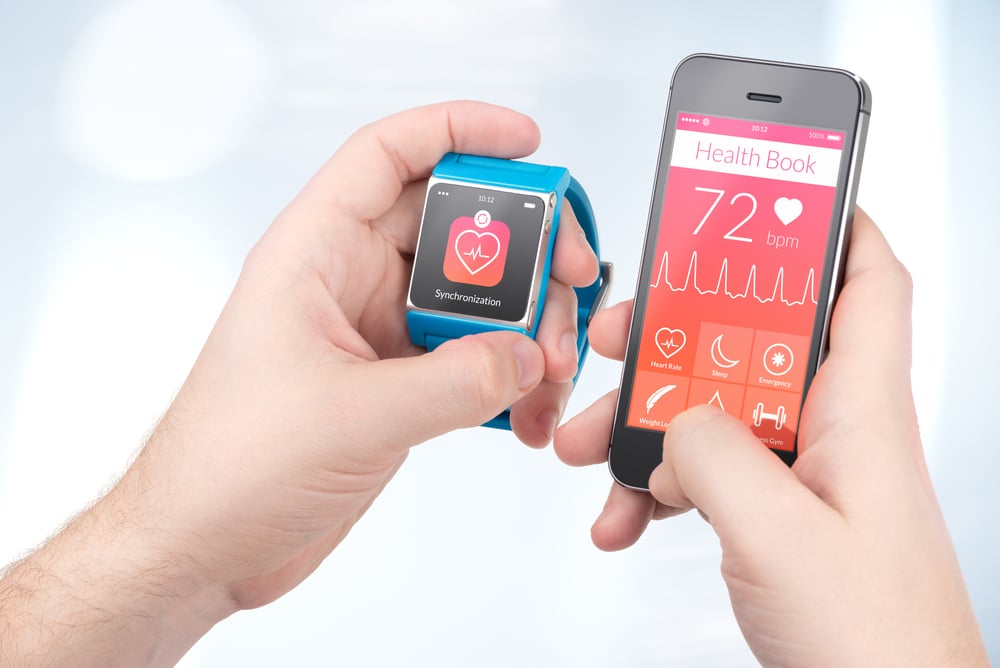
How Wireless Technology is Utilized in Medicine and Healthcare
Like many other parts of our lives, the healthcare system has been revolutionized by technology. The technology used in medicine and healthcare has improved drastically over the past few decades and we now have better methods than ever for diagnosing, monitoring, and treating various health conditions. One of the technological advances that has greatly impacted medicine in general is wireless technology. Wireless technology offers convenience and accessibility through the use of powerful devices that can provide various types of feedback or data results in real time.
Wearable Technology
One of the largest applications of wireless technology in medicine is wearable technology. Wearable technology enables the constant monitoring of a variety of activities and functions pertaining to the human body during daily life. It can monitor physical activity and behaviors throughout a day, such as how often you stand up, how many steps you take, and it can even estimate how many calories you burn. Wearable technology can also measure vital signs like heart rate, blood pressure, oxygen saturation, body temperature, posture, and physical activities.
Wearable technology can be implemented in a number of ways. It can be attached to your clothing, shoes, watch, or jewelry. It can also be embedded into your environment, such as into your chair, car seat, or mattress. Often, wearable technology is utilized with the aid of a smartphone. The smartphone serves as a bank for information collected by the wearable technology and can transmit it to a remote server where it can be analyzed.
A variety of healthcare problems can be aided through the use of wearable technology. One very common use for this type of technology is for the prevention of diseases. If you can identify and monitor certain behaviors that lead to disease, it may be possible to get ahead of the issue and perhaps prevent it entirely. For example, prolonged sedentary behavior is heavily connected to adverse health results. Wearable technology can aid individuals by reminding them to stand up and move around periodically throughout the day.
Connected Implants
Wireless technology is also utilized through implants that connect wirelessly to a source such as a smartphone, where information can be stored. Implants are similar to wearable technology in some ways but take it a step further by directly attaching to your body. One way these implants are utilized is for the monitoring of diabetes. Smart sensors are implanted directly into the patient’s skin in order to continuously monitor their glucose level. This can provide a greater level of precision than the previous methods of glucose level tracking.
Remote Monitoring
In the past, doctors had to be in the same room as a patient in order to provide them with medical care. Now, with the advent of wireless technology, doctors are no longer required to be in the general vicinity of the patient. Instead, they can provide assistance from any location through video conferencing. If you are an individual with a chronic illness that requires regular check-ups, you can take advantage of this technology to avoid having to regularly come in person to meet with a doctor.
Wireless Location Tracking
The ability to track someone’s location through wireless technology can also be a powerful tool for healthcare purposes. For example, if you have a loved one who suffers from Alzheimer’s disease or a similar disability, you can use wireless technology to track their location from a distance to ensure that they are safe and reachable at all times. That way you can provide immediate assistance if it becomes necessary.
The healthcare industry has been evolving more and more every year with the use of today’s technology. Wireless technology is no exception and offers powerful and convenient tools for maintaining health as well as preventing and treating illnesses.





No Comments
Sorry, the comment form is closed at this time.